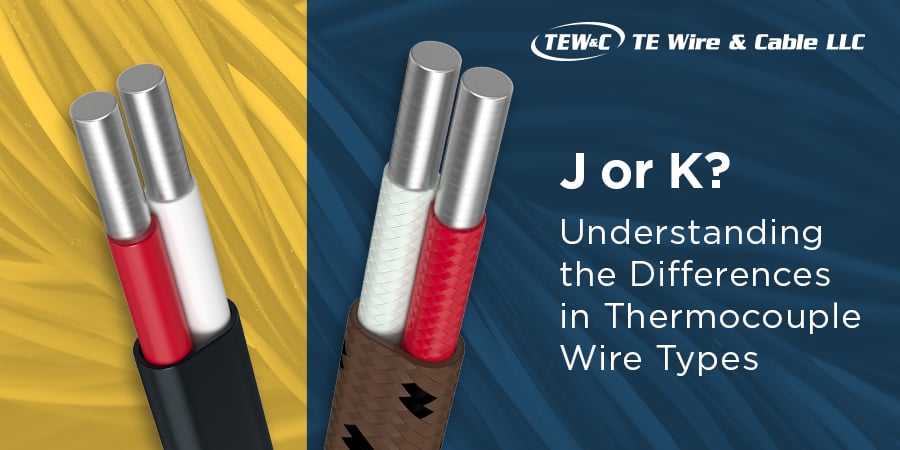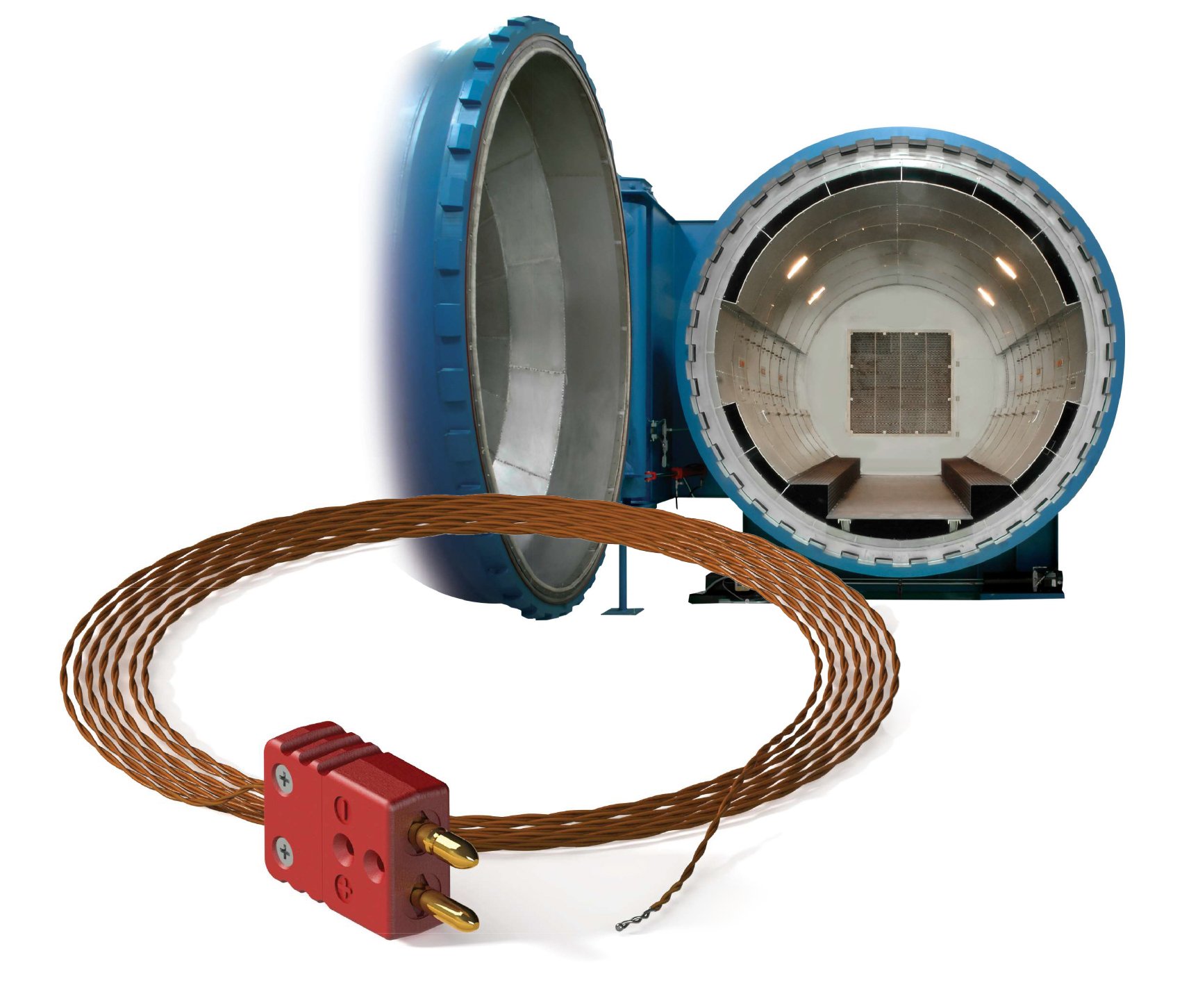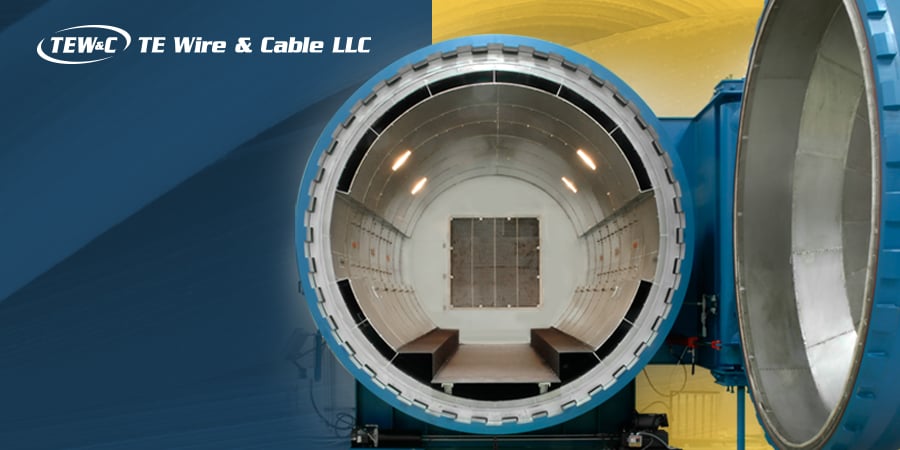Understanding the Differences in Type J and Type K Thermocouples
J or K? Understanding the Differences in Thermocouple Wire Types
Numerous industrial applications rely on thermocouple (TC) wires for accurate temperature readings during manufacturing processes. Unique applications showcase innovative approaches to the use of thermocouple wire. One notable instance was an aerospace company’s design of a cryogenic temperature monitoring system for space satellites, a sophisticated application of this technology at that time.
While the TC wire market might not rival that of copper or electrical wire for volume, this established technology supplies continued relevance to next-generation equipment. TC wire features in a wide range of scenarios that demand robust temperature resilience—from scientific exploration in cryogenic conditions to industrial metallurgy.
Type K thermocouple wire holds a significant place as the favorite high-temperature component for many global users. TE Wire’s AccuClave® series, designed for service in aerospace autoclaves, offers the option of a J-type thermocouple wire or K-type thermocouple wire calibration. What’s the difference between types K or J? How do you know which type is appropriate to spec for which application?
Brief description of each type of wire
Type K thermocouples wire is comprised of Chromel (a nickel-chromium alloy) as the positive leg and Alumel (a nickel-aluminum alloy) as the negative leg. Renowned for its broad temperature range, it can operate effectively between -200°C and 1260°C (-328°F to 2300°F). This thermocouple type is widely preferred for its versatility, being suitable for use in oxidizing or inert atmospheres at elevated temperatures. However, it is crucial to be cautious when using Type K in sulfur-containing environments or in vacuums, as it can be susceptible to corrosion or drift over time.
Some features that distinguish Type K wire:
- High temperature range
- Atmospheric suitability
- Longevity
Type J thermocouple wire pairs iron as the positive leg with Constantan (a copper-nickel alloy) as the negative leg. With an operational temperature range from -210°C to 760°C (-346°F to 1400°F), it is particularly effective in reducing atmospheres or vacuums.
The name “constantan” is derived from its property of having a relatively constant electrical resistivity across a wide range of temperatures.
There are notable properties of Constantan that include:
- Temperature stability
- Magnetic properties (iron component)
- Malleability and ductility
In a thermocouple, Contantan is often paired with other metals to measure temperature. In Type J thermocouple wire, it is paired with iron. Different metal combinations produce different electromotive force (EMF) outputs when exposed to temperature changes, which can be measured and translated into a temperature reading.
It is suitable for vacuum, oxidizing, reducing and inert atmospheres. This type of thermocouple offers a higher voltage output than Type K, making it slightly more sensitive.
Each type of wire has chemical properties will impact their performance and selection for various applications. We offer a chart that lists the percentage chemical composition of different types of thermocouple wire here.
Overall, there are three essential considerations when selecting between wire types K or type J thermocouple wire: temperature range, suitability for conditions/service life, and thermocouple drift.
- Temperature range
The critical factor determining the choice of TC type wire is the temperature range in which the wire will encounter. Type K, as a conventional base-metal, is ideal for high-temperature tasks. Under oxidizing or inert conditions, Type K wires will function up to 1260°C (2300°F).
Type J on the other hand, is adept for certain temperature conditions. Specifically in reducing atmosphere or vacuums, Type J wires can perform up to 760°C (1400°F). For applications that might test the wire’s upper limits, it is important to know the acceptable range for the given application that might rely on either type of wire.
- Suitability for conditions and expected service life
Typically, Type K wires consist of Chromel (nickel-10% chromium) (+) vs. Alumel (nickel-6%manganese, silicon, and aluminum) (-). Distinguishing between these wires is often done via magnetic response: the positive leg is non-magnetic, whereas the negative exhibits a slightly magnetic response.
Generally, Type J wires are formed using iron (+) and Constantan (a copper-nickel alloy) (-). One way to differentiate between these components is based on their magnetic properties: the positive iron leg is magnetic, whereas the negative Constantan leg is non-magnetic.
Each type is prone to certain susceptibilities. For example, Type K is susceptible to sulfur and is therefore not the optimal choice for a sulfur-rich environment, such as a petroleum refinery. When crude oil is processed and refined it often contains sulfur compounds.
The presence of hydrogen sulfide and other sulfur-containing compounds can corrode Type K thermocouple wire. Another example might be a coal gasification plant. When coal is converted to synthetic gas it contains a mixture of gases including hydrogen sulfide. This environment can aggressively degrade Type K thermocouple wire.
Type K’s best performance emerges in pure oxidizing atmospheres, with recommendations against its use in semi-oxidizing conditions, vacuums, or conditions shift between oxidation and reduction. For a more stable choice in oxidizing settings, Type N (Nicrosil vs. Nisil) can be considered.
Type J thermocouple wire, particularly the iron leg, is vulnerable to oxidation in high-temperature environments. One example of this type of environment might be a furnace used for oxidation of metals. In a high-temperature oxidizing atmosphere, the iron leg of the Type J thermocouple is prone to rapid oxidation, which can degrade its performance and reduce its lifespan.
Its optimal performance is seen in reducing atmospheres or vacuums. Operators might select Type K thermocouples in the high temperature environments for oxidizing or inert conditions up to 1260° C (2300° F), to serve as a preferable alternative to Type J.
- Thermocouple drift
Drift is the potential for TC wires to diverse from accurate readings over time. This is a prime consideration when selecting the TC wire type. Both types of thermocouple wire, Type J and Type K, are subject to drift. While Type K wires can provide precise temperature readings for short periods at 1000°F (538°C), prolonged exposure between 650°F (343°C) and 1100°F (593°C) can induce a positive drift. Such shifts can make a critical difference in scenarios involving heat treatment which requires controlled temperature increments.
Conversely, Type J wires have their own unique drift characteristics under specific conditions. The phenomenon behind this drift is “atomic ordering.” In the drift range, atoms in the positive thermo element shift from randomness to order. This repositioning alters the wire’s EMF output, causing it to indicate higher temperatures. Drift in Type K can cause additional errors on top of initial calibration inaccuracies.
Thermocouple wire selection and possibilities
Customers that require thermocouple wire built to withstand high-temperature applications can consider a few different potential TC wire solutions:
- CEFIR®—A ceramic fiber designed for utmost temperature resilience, with a continuous rating of up to 2400°F (1316°C). Flexible across this range, CEFIR is a suitable alternative where beaded ceramic or sheathed TC wires were formerly required.
- HG Yarn—Vitreous Silica Fiber braided on individual conductors, designed for sustained high temperature up to 2000°F (1100°C). Suitable for metals production, the steel and aluminum industry or heat treatment.
- Q-Glass Fiberglass Ceramic Fiber is comprised of individual conductors insulated with high strength fiberglass braid and a fiberglass jacket, rated up to 1600°F (870°C). This type serves industrial applications from aluminum to power generation.
Customers grappling with high-temperature wire challenges, seeking drift calibration and stabilization expertise, especially for high temperature applications, can seek out the expertise at TE Wire, the industry’s acknowledged high temperature specialists.
The AccuClave series thermocouple assemblies can save companies time and space, with thermocouples ready for installation. TE Wire AccuClave series thermocouples are BAC 5621 compliant, used extensively in autoclaves for aircraft composite components. Professional design, engineering and quality manufacturing produces a thermocouple that companies can rely upon for accuracy, dependability, reliability and traceability.





